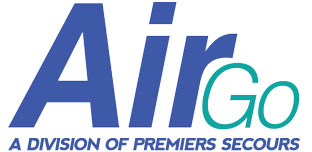FIRE SPRINKLER INSPECTIONS
INSPECTIONS & TESTS
The NFPA requires that you have scheduled fire sprinkler inspections in order to keep your building safe. In addition, you should have fire sprinkler inspection every time you:
- Add a backflow preventer or water meter to your building’s plumbing system
- Significantly change the occupancy, layout or use of your building
- Face changes in public water supply, such as a water shortage
TYPICAL FIRE SPRINKLER INSPECTION PROCESS
Visual inspection from the floor for proper orientation, support and clearance of all sprinkler heads and system piping that are readily viewable and accessible.
- Main drain tests are performed to verify proper water volume and pressure is available for the sprinkler system. Results are recorded.
- Lubricate valves.
- If connected to the building alarm system, alarm and supervisory devices are checked to make sure proper annunciation and notification is indicated.
- Flow switches are tested by flowing water from the inspectors test connection.
- Tamper switches are tested by exercising the valve through the full range of motion and verifying that signals are received at the fire alarm control panel.
- Check fire department connections for proper caps and being unobstructed.
- Check system gauge calibration date and verify the water pressure is adequate.
- Check for proper signage on valves.
- Inspect spare head box for proper inventory of spare sprinkler heads and wrench.
- Verify that all valves are in the proper position and sealed or supervised.
- If the system is monitored, verify signals are received at the central monitoring station.

